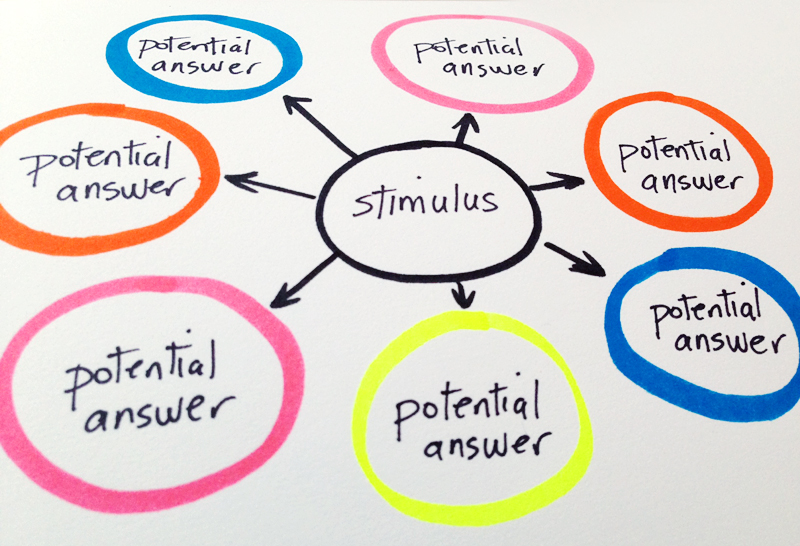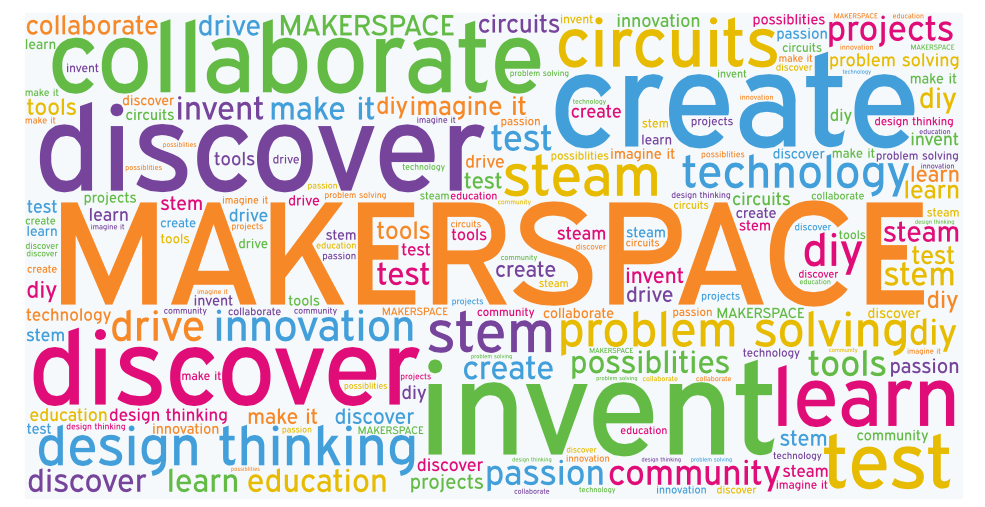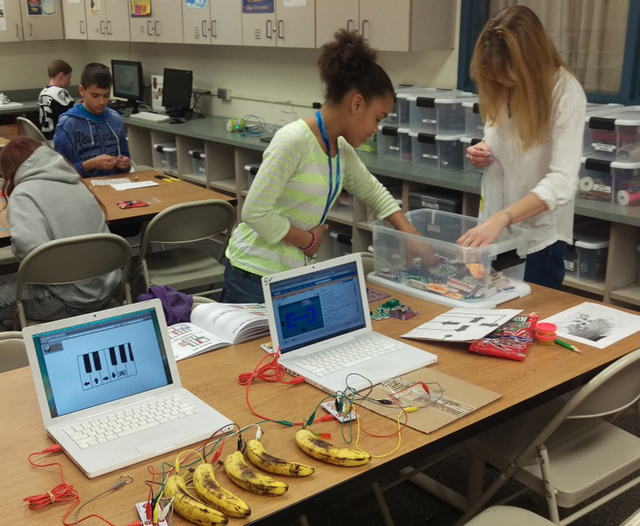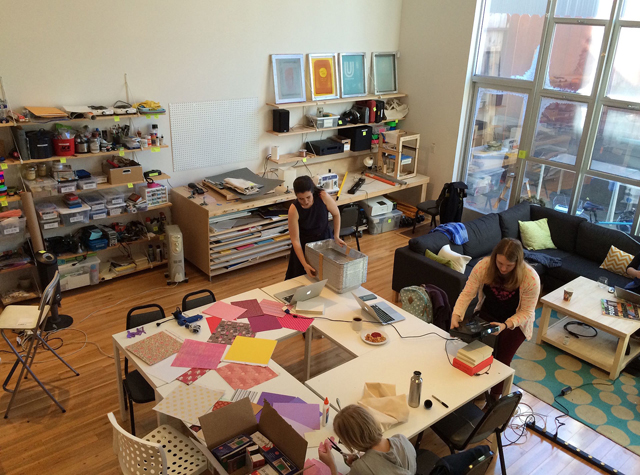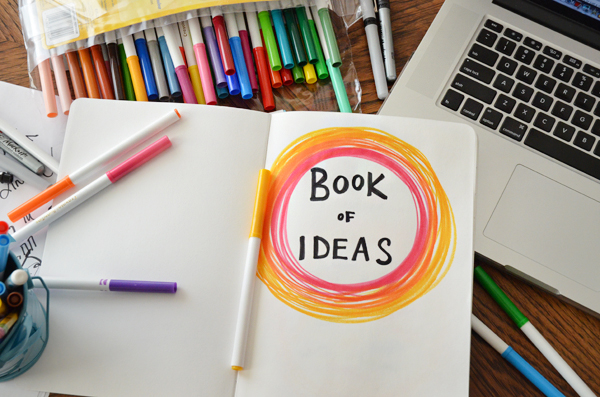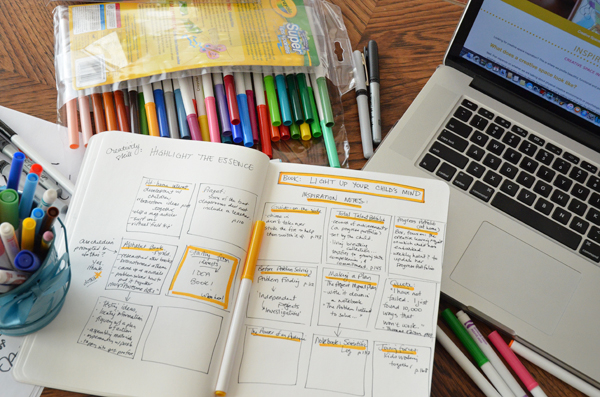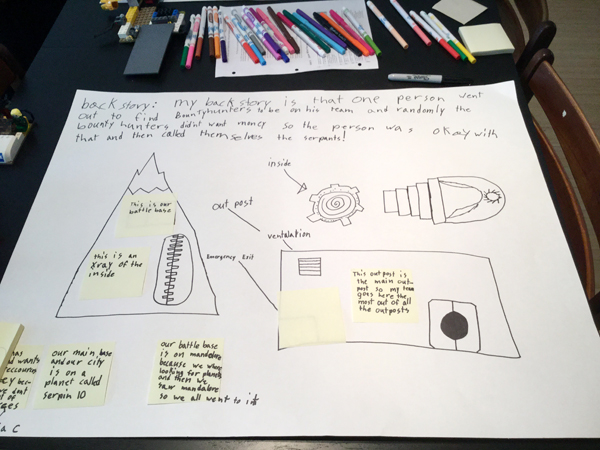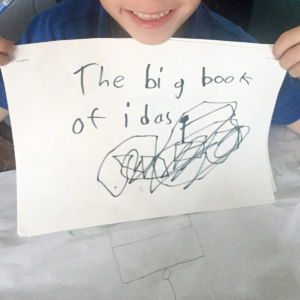Divergent Thinking with Preschoolers
Divergent thinking: a thought process or method used to generate creative ideas by exploring many possible solutions.
Young kids do this naturally yet by the time they reach fourth grade creativity scores show a steep decline (source, source). So the question becomes: HOW do we harness children’s natural creative thinking abilities when they are young so that they can develop and strengthen into strong independent thinkers well into the middle school years and beyond?
The answer is both simple and complex.
Simple because like strengthening any muscle – physical or mental – the answer is practice, repetition, consistency and ultimately forming the habit. In this case the creative thinking habit.
Where this becomes more complex is the actual implementation of HOW to do this? One such way is to practice deliberate creative thinking skills.
How To Strengthen Creative Thinking Skills
Today, let’s start with one simple first step you can take in the direction of celebrating creative thinking in the children in your life or classroom through a divergent thinking exercise!
The key to establishing an environment for this type of creative thinking is to follow the following guidelines:
1) Welcome All Ideas
Establish an open environment where children are free to express their ideas.
2) No Wrong Answers
Whatever comes to mind goes!
3) Best To Not Judge Responses (Good or Bad)
This goes both ways – positively OR negatively. To establish a climate free of judgment we must not diminish or praise ideas presented. That goes for ideas of others and also ideas of our own.
I’ll be honest, I often find it hard not to smile the entire time new ideas are shared and it’s perfectly okay to celebrate the thinking – it’s just best to refrain from passing judgment on any one idea.
4) No ONE Right Answer
The whole idea is to get away from the type of fixed mindset thinking that we are striving for one ‘right’ way of completing a task. Instead we are promoting possibility thinking!
5) Build On Other Ideas
We’re sometimes afraid to give a response that is similar to another but this is encouraged! Build on other ideas. Let your mind make associations, improve upon or modify what’s been stated.
6) Wild And Crazy Ideas Are Encouraged
This is all about having fun and pushing our thinking to come up with new and different solutions to challenges.
How To Set Up The Experience
If you have a group of children gather in a tight circle and start by holding up an object and asking ‘What is this?’ The answer may seem obvious ‘It’s a stick!’

‘Yes, it is a stick. But what else could it be? Let’s use our imaginations to think about what else this could be!’
Explain that this is a silent turn taking activity. The person holding the object has the chance to show (demonstrate) and share (through words if necessary) their idea for what the object can be.
Give children a moment to think about it, then demonstrate by showing ONE way you might use the stick (i.e. playing golf, vacuuming, as a cane, a kite etc.).
Remember to remind the group that there are no wrong answers. Encourage the children to look at the object in different ways. Share what comes to mind. Build on others’ ideas!
Young kids diverge quite easily. The key here is to celebrate novel thinking and establish a climate where new ideas are welcome.
Depending on the size of the group consider going around the circle more than one time. Often more original and unique ideas come later in the idea generation process.
Extend The Learning
Follow up the activity by reading Not a Stick, or Not a Box by Antoinette Portis for more fun ideas to stretch their thinking.
Further extend the learning by encouraging children to select one idea they liked and make it using a stick (or whatever was used)!
Do This Regularly Using Different Objects
Ideas For Found Objects In Nature That Can Be Used:
- a stick
- a leaf
- an acorn
- a pinecone
- evergreen bristles
- a rock
- a log
Additional Object Ideas:
- a hat
- a mug
- a box
- a hula hoop
- a book
Creative thinking skills need to be practiced, celebrated and rewarded. Keep track of the number of ideas generated. Do this regularly and let me know if you see the difference over time!
Please leave a comment below letting me know how many ideas you come up with!

